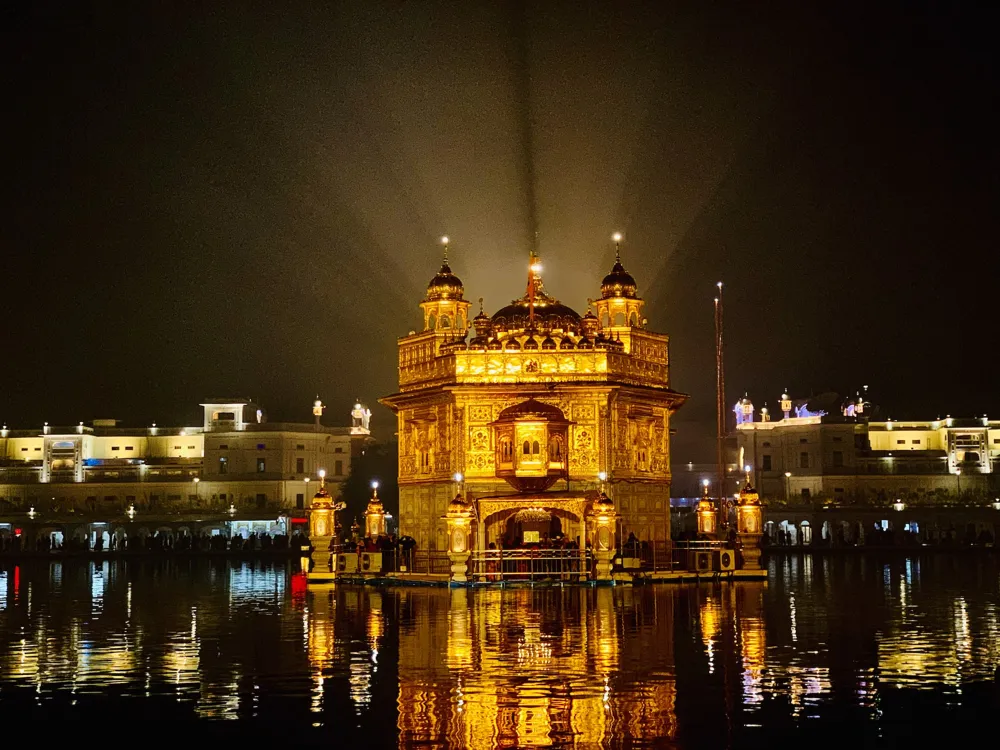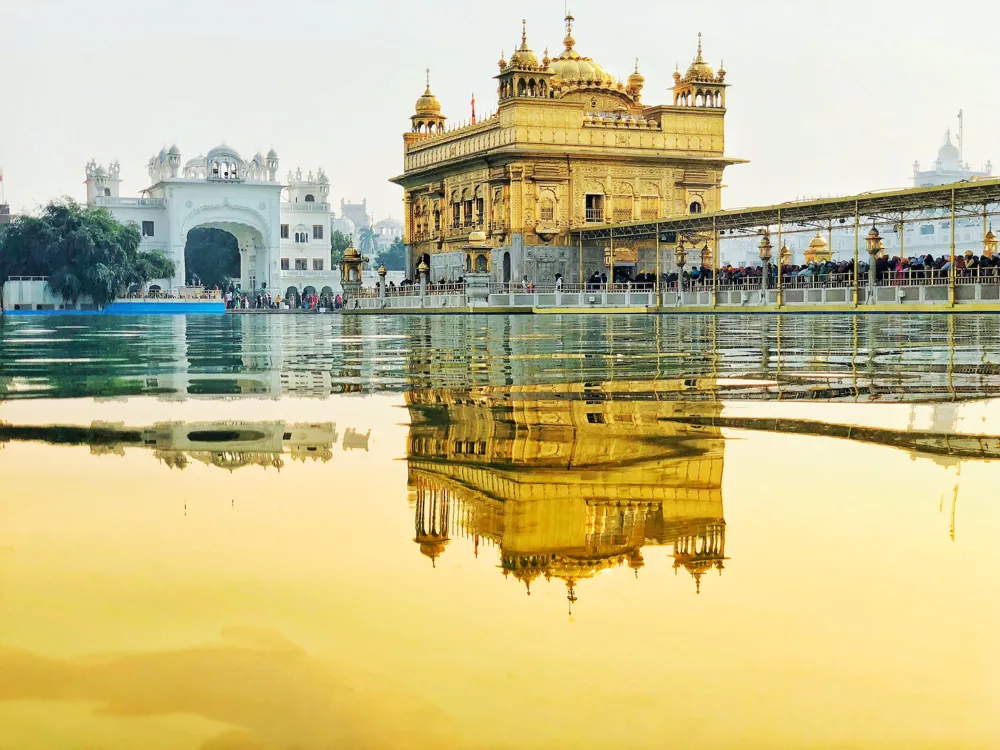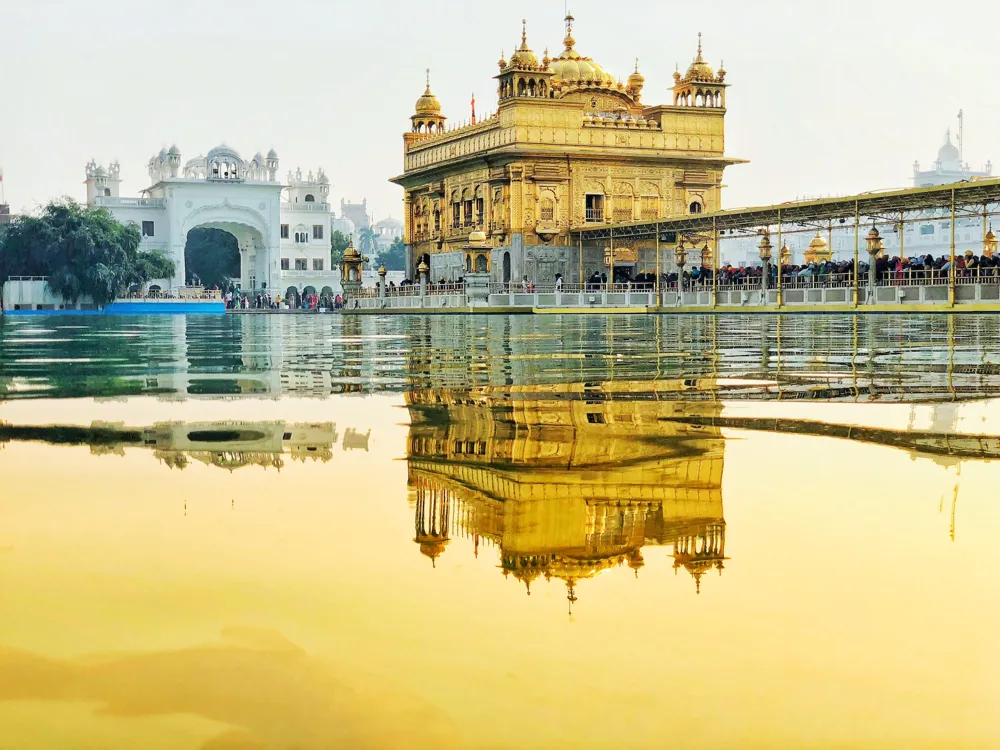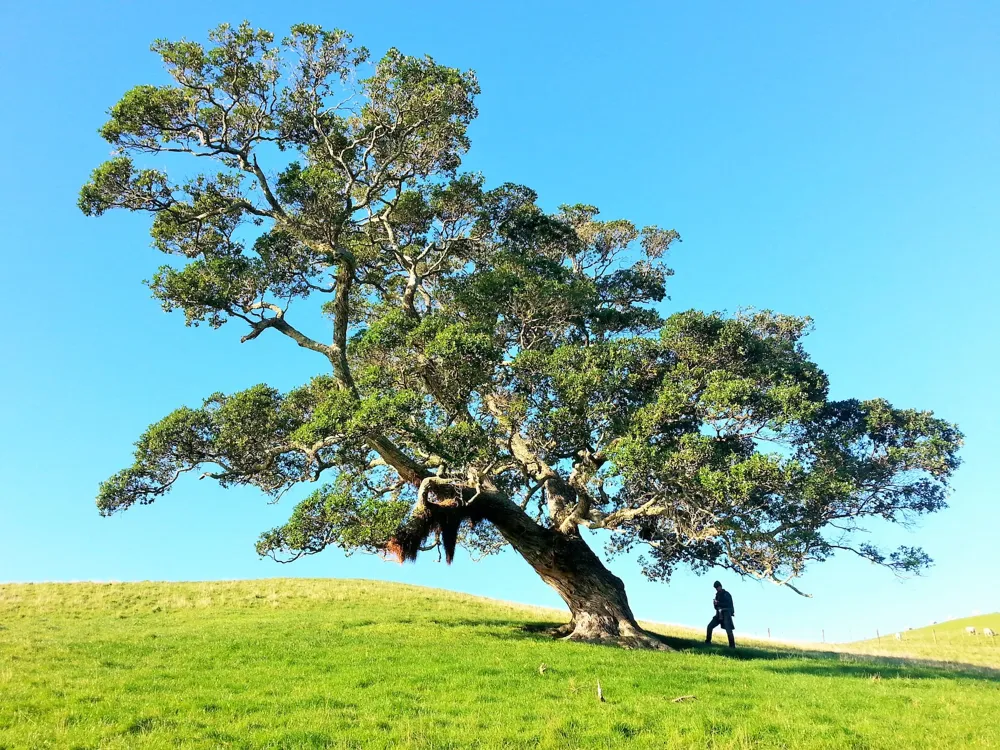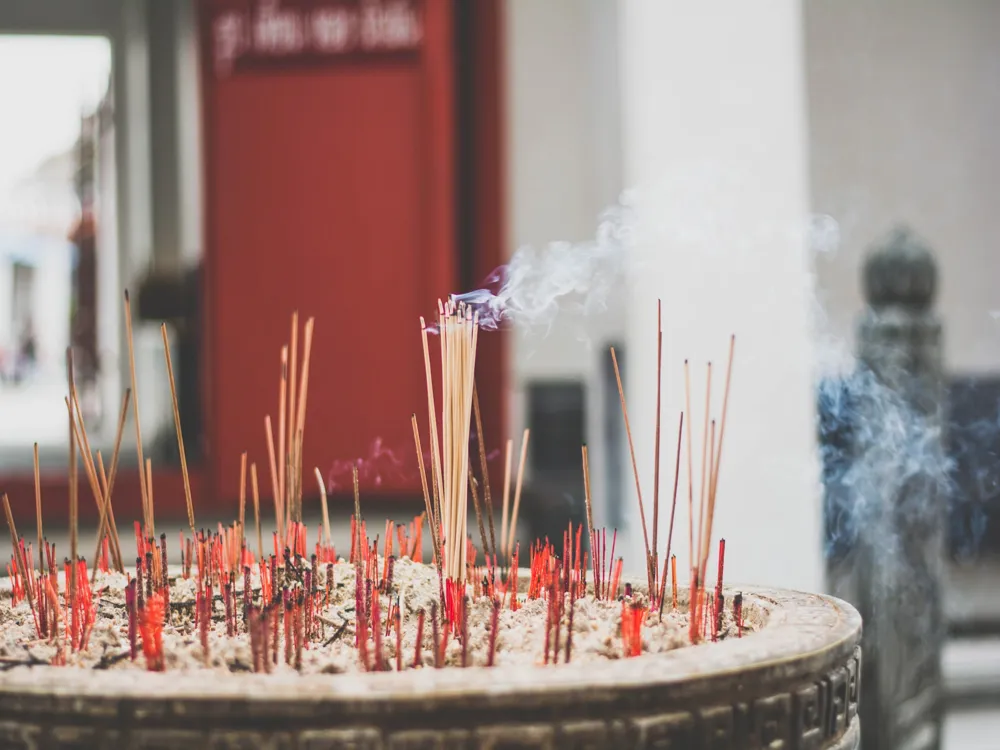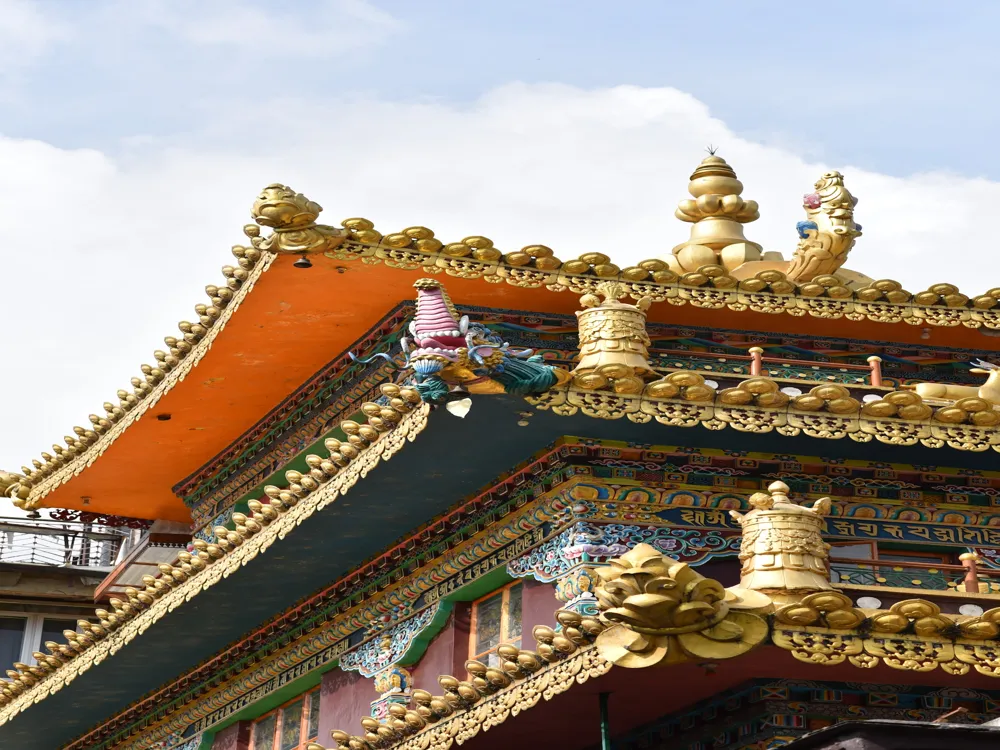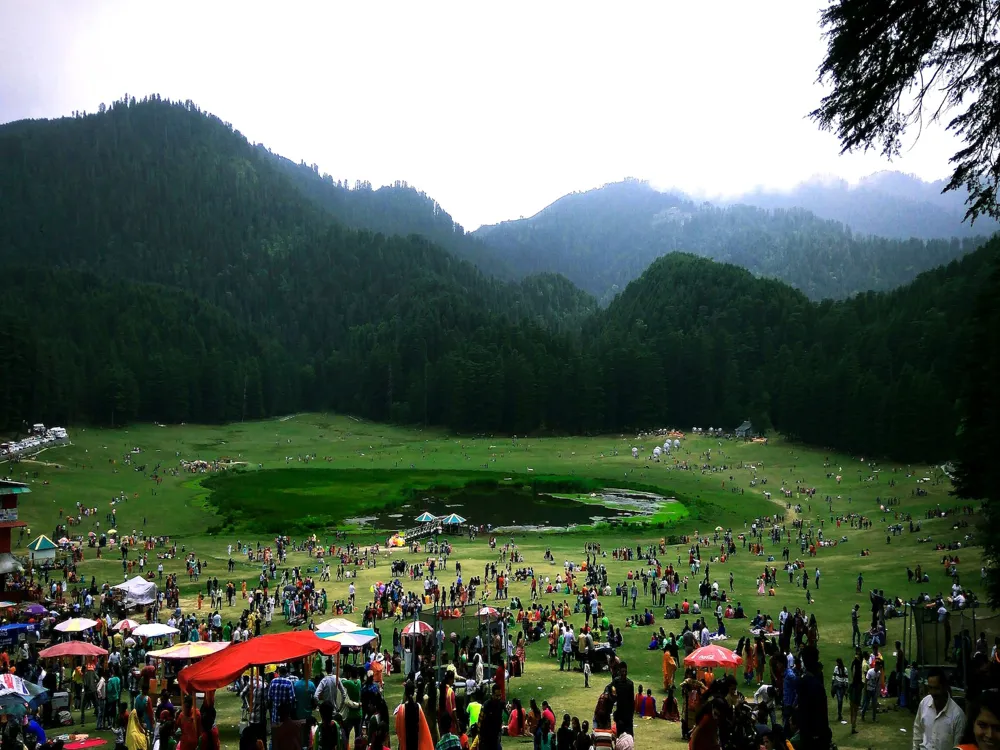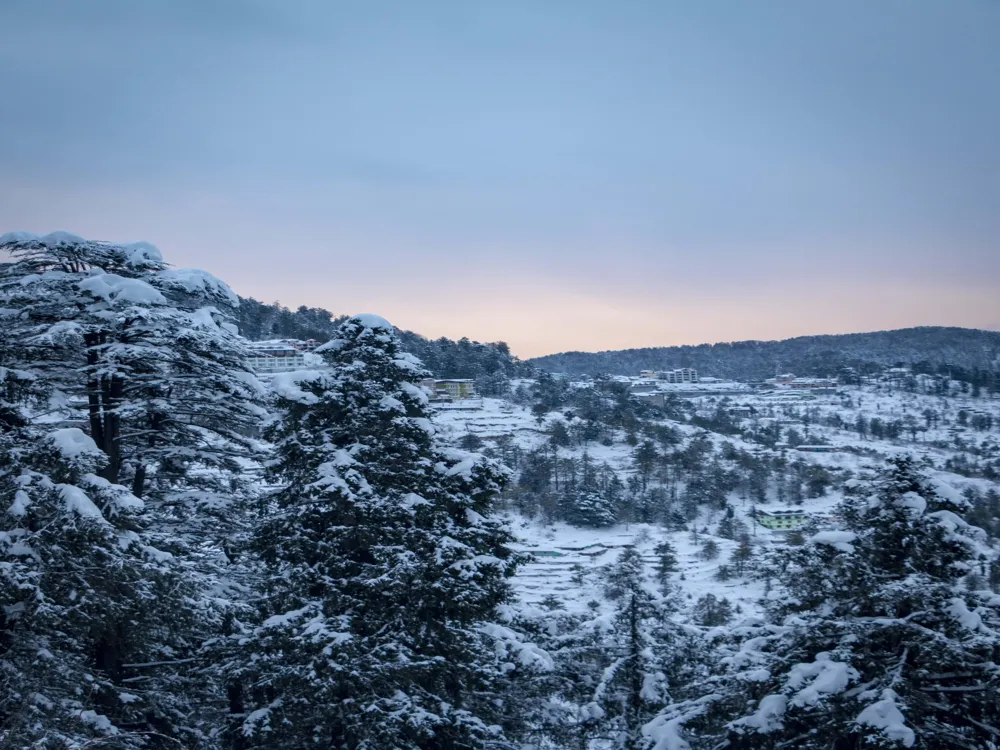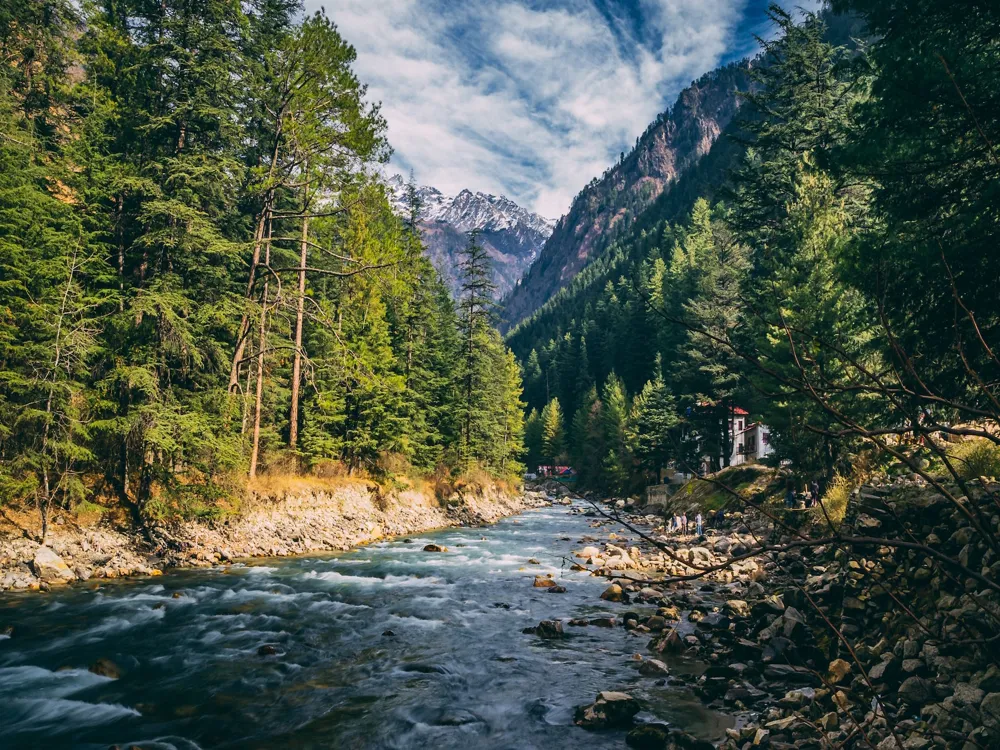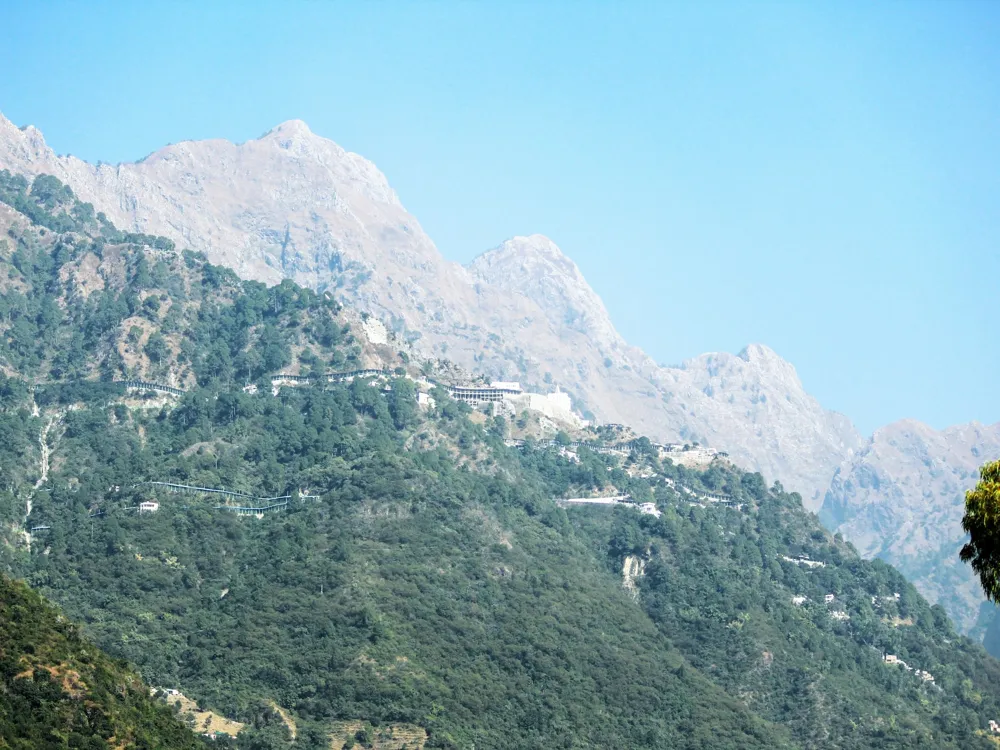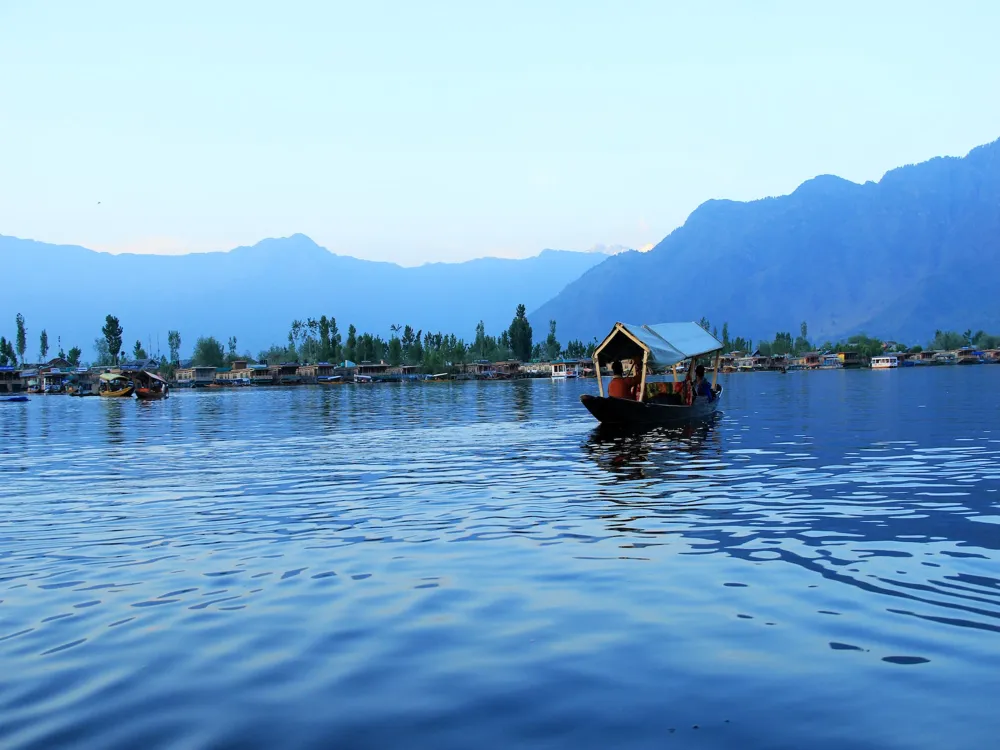Jallianwala Bagh in Amritsar, Punjab, is a historic garden and memorial of national importance. It commemorates the Jallianwala Bagh massacre of 1919, a pivotal event in India's struggle for independence. This serene park, now a site of remembrance, was once the scene of a tragic event where numerous peaceful protestors were fired upon by colonial forces. The architecture of Jallianwala Bagh is symbolic and reflective of its somber history. The main memorial, built in 1951, is a testament to the lives lost in the massacre. The garden features narrow entrances, including the historically significant Jallianwala Bagh alleyway, through which the British soldiers entered. The Martyrs' Well, where many jumped to escape the firing, and the bullet-marked walls, are poignant reminders of the tragedy. Jallianwala Bagh is situated in the heart of Amritsar, close to the Golden Temple. It is easily accessible by various means of transport. Visitors can reach Amritsar via train, bus, or air and then take local transport such as auto-rickshaws or taxis to Jallianwala Bagh. The site is within walking distance from the Golden Temple, making it a convenient stop for those visiting the temple. Read MoreOverview of Jallianwala Bagh, Amritsar, Punjab
Architecture of Jallianwala Bagh
Tips When Visiting Jallianwala Bagh
Click to view tips for visiting Jallianwala Bagh
How To Reach Jallianwala Bagh
Jallianwala Bagh
Amritsar
Punjab
₹ 5,500 onwards
View amritsar Packages
Weather :
Label : Must Visit
Tags : Garden & Park
Timings : 6:30 AM - 7:30 PM
Time Required : 1-2 hours
Entry Fee : Free
Planning a Trip? Ask Your Question
Amritsar Travel Packages
View All Packages For Amritsar
Top Hotel Collections for Amritsar

Private Pool

Luxury Hotels

5-Star Hotels

Pet Friendly
Top Hotels Near Amritsar
Other Top Ranking Places In Amritsar
View All Places To Visit In amritsar
Faq on Amritsar
What happened at Jallianwala Bagh?
On April 13, 1919, British troops under the command of Colonel Reginald Dyer fired upon a crowd of unarmed Indian civilians who had gathered for a peaceful protest against British colonial rule. This event, known as the Jallianwala Bagh massacre, resulted in hundreds of deaths and left a lasting scar on Indian history.
Why is Jallianwala Bagh important?
Jallianwala Bagh is important due to its historical significance as the site of the Jallianwala Bagh massacre, which marked a turning point in India's struggle for independence from British rule. It symbolizes the brutal repression faced by Indians under colonial rule and serves as a reminder of the sacrifices made by freedom fighters.
How many people died in the Jallianwala Bagh massacre?
The exact number of casualties from the Jallianwala Bagh massacre is disputed, but it is estimated that hundreds of unarmed civilians were killed, and thousands were injured, as a result of the indiscriminate firing by British troops.
Who was responsible for the Jallianwala Bagh massacre?
The Jallianwala Bagh massacre was carried out by British troops under the command of Colonel Reginald Dyer, who ordered his soldiers to open fire on the unarmed crowd gathered in the garden.
What was the aftermath of the Jallianwala Bagh massacre?
The aftermath of the Jallianwala Bagh massacre saw widespread outrage and condemnation both within India and internationally. It fueled the Indian independence movement and led to increased demands for self-rule and independence from British colonial rule.
View amritsar Packages
Weather :
Label : Must Visit
Tags : Garden & Park
Timings : 6:30 AM - 7:30 PM
Time Required : 1-2 hours
Entry Fee : Free
Planning a Trip? Ask Your Question
Amritsar Travel Packages
View All Packages For Amritsar
Top Hotel Collections for Amritsar

Private Pool

Luxury Hotels

5-Star Hotels

Pet Friendly
Top Hotels Near Amritsar
Other Top Ranking Places In Amritsar
Faq on Amritsar
What happened at Jallianwala Bagh?
On April 13, 1919, British troops under the command of Colonel Reginald Dyer fired upon a crowd of unarmed Indian civilians who had gathered for a peaceful protest against British colonial rule. This event, known as the Jallianwala Bagh massacre, resulted in hundreds of deaths and left a lasting scar on Indian history.
Why is Jallianwala Bagh important?
Jallianwala Bagh is important due to its historical significance as the site of the Jallianwala Bagh massacre, which marked a turning point in India's struggle for independence from British rule. It symbolizes the brutal repression faced by Indians under colonial rule and serves as a reminder of the sacrifices made by freedom fighters.
How many people died in the Jallianwala Bagh massacre?
The exact number of casualties from the Jallianwala Bagh massacre is disputed, but it is estimated that hundreds of unarmed civilians were killed, and thousands were injured, as a result of the indiscriminate firing by British troops.
Who was responsible for the Jallianwala Bagh massacre?
The Jallianwala Bagh massacre was carried out by British troops under the command of Colonel Reginald Dyer, who ordered his soldiers to open fire on the unarmed crowd gathered in the garden.
What was the aftermath of the Jallianwala Bagh massacre?
The aftermath of the Jallianwala Bagh massacre saw widespread outrage and condemnation both within India and internationally. It fueled the Indian independence movement and led to increased demands for self-rule and independence from British colonial rule.







